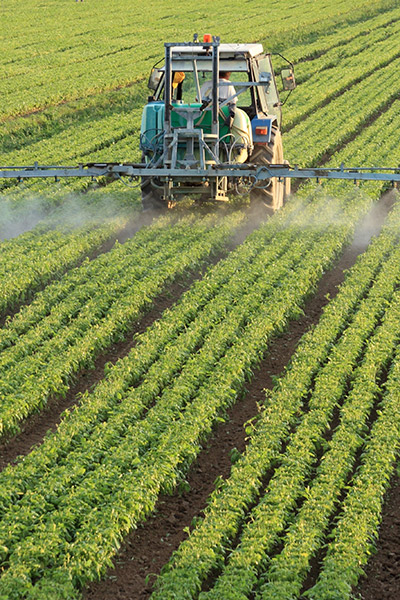
The Industry Communications Committee is pleased to present Fact Sheets on the industry and biotechnology for sustainability. You are welcome to download these valuable tools to address some of the issues we are faced with in the industry.
If you have a question or topic you would like to see a Fact Sheet on or are interested in writing/developing a fact sheet, please let a member of the Industry Communications Committee know or email info@calseed.org. Thank you to the the Industry Communications Committee for collaborating to create these informative industry fact sheets.
First observed in U.S. commercial watermelon fields in 1989, bacterial fruit blotch (BFB) can be devastating for commercial watermelon, cantaloupe and honeydew growers with losses reaching 100%. Over the last 20 years, academia and industry have come together to study the disease and have made considerable gains in the areas of BFB epidemiology and management. There is general agreement that while there is no cure, all parts of the production chain including seed producers, transplant growers and commercial growers can take preventative steps to avoid losses from BFB. This educational pamphlet is designed to provide commercial cucurbit (watermelon, melon, cucumber, pumpkin, squash, etc.) growers with information about BFB and to provide recommendations on how to reduce the occurrence of the disease in production fields and greenhouses. This information was compiled with contributions from academic and industry BFB experts and distributed by industry sponsors. This brochure is the most current educational material on BFB to date (June, 2009).
Bacterial canker is a serious tomato disease caused by Clavibacter michiganensis subsp. michiganensis (Cmm). The disease was first discovered in 1909 in Grand Rapids, Michigan, USA but is currently reported in tomato production areas worldwide and outbreaks occur annually. However, preventive measures can be taken at all stages of production to avoid losses from bacterial canker.
These guides have been developed and published by ASTA, with sponsors from the seed industry and contributions from public and private researchers. They are available for download on the CSA website in English and Spanish.
